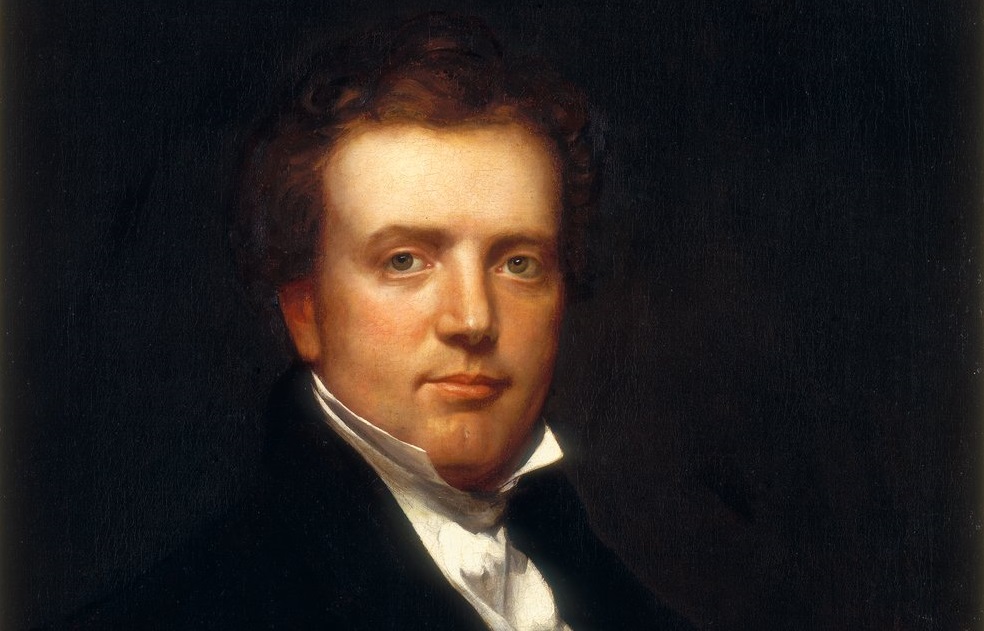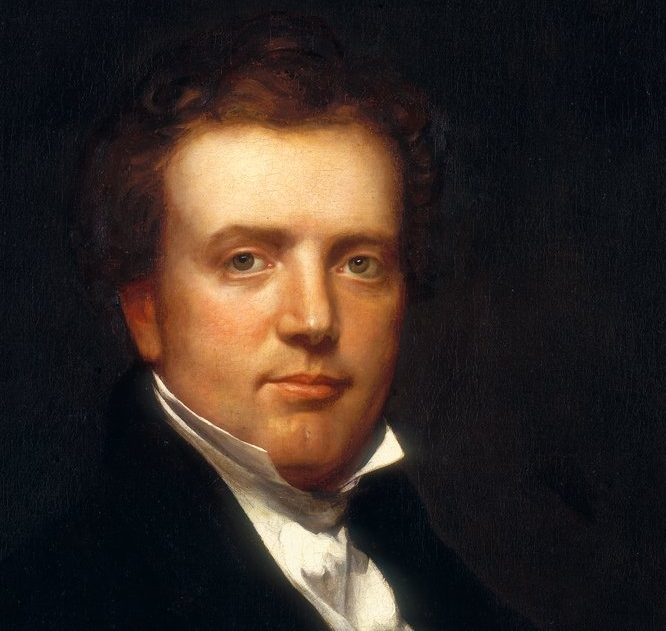
Vol. 3, Issue 18
A considerable amount of information that appears within the pages of this column often constitutes some sort of overlooked aspect of Orleans County. On occasion, I have the privilege of writing about something that is truly ignored, or perhaps long forgotten in our area’s history. The story of Chester and Horace Harding is one of those stories of men who, at one time or another, passed through our corner of Western New York while leaving their mark on history.
Born at Conway, Massachusetts, the fourth child of twelve to Abiel and Olive Smith, Chester Harding grew up in a large family with a poor economic disposition. Abiel was a veteran of the American Revolution, working in a distillery and claiming status as an “inventor.” Failing to create anything of need or want in this endeavor, the family had little money which often forced the elder siblings to care for themselves.
In 1806, Abiel uprooted the family and relocated to Madison County; “western New York” by accounts from that time. There he learned the trade of cabinet and furniture making, earning extra money while painting houses. When the War Hawks of 1812 pushed the United States into a second war with Britain, Chester enlisted with a New York militia regiment as a drummer boy for the duration of the War of 1812. At the conclusion of the conflict, he married and moved to Caledonia in Livingston County. His short tenure in that area was marred by failures in the cabinetmaking and tavern-keeping businesses; he racked up a large amount of debt and was forced to relocate his young family.
Horace Harding, Chester’s younger brother, was working in Paris, Kentucky and sent word to his sibling that portrait painters were fetching $50 “per head” in that area. A self-trained painter himself, Chester jumped at the opportunity to reestablish himself financially and ventured south to live with his brother. After a short period of time, Chester earned enough for a course of study at the Pennsylvania Academy of Design in Philadelphia where he honed his skills with the brush and canvas. Upon completion, he realized his work lacked the color and refinement of high quality competitors.
Sources note that in 1821 Chester relocated to western New York near his father’s family. In 1823, records show that a Chester Harding purchased a parcel of land from the Holland Purchase in Barre. It is known that Abiel and Olive Harding are buried at Myrtle Hill Cemetery in Barre and census records show that Horace Harding was living in Albion and working as an artist in the late 1840s and early 1850s. Little is known about Chester’s tenure in Orleans County, but we know that it was short as he continued to travel throughout the United States, refining his craft and expanding his repertoire.

Although Horace remained a painter of “fair ability,” as noted by newspaper advertisements in Rochester during the 1830s, Chester far surpassed his younger brother’s abilities. His first notable subject was Daniel Boone, whose portrait completed by Harding is the only piece known to have been completed during Boone’s lifetime; all other portraits were derivatives of Harding’s work. Chester’s tenure as a noted painter was capped by famous individuals who agreed to sit for portraits, including U.S. Presidents James Madison, James Monroe, and John Quincy Adams, as well as Daniel Webster, U.S. Supreme Court Chief Justice John Marshall, and Gen. William Tecumseh Sherman, who was the last subject to sit for Harding in 1866.
While traveling for a fishing trip at Cape Cod in the early spring of that year, Harding caught a cold and died during a short stop in Boston. He was interred next to his wife, Caroline, at the Springfield Cemetery in Massachusetts. Relegated to the footnotes of Orleans County history, Chester and Horace Harding remain as relatively unknown figures in antiquity, but worthy of note nonetheless.

